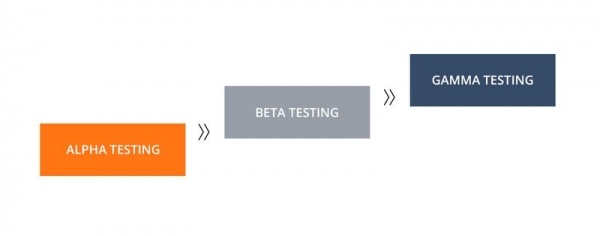White box testing is also known as clear box testing, glass box testing, or transparent box testing. It is a software testing method that helps testers examine the system’s internal structure. This type of testing aims to find defects in the system’s design and implementation. In other words, white box testing is automated or manual testing that helps ensure that requirements are met, and all components of a program work correctly.
White box testing is a functional testing type that test classes and methods and global data flow, paths through the code, and more. It can be a part of the unit testing process to a greater extent. Developers can do it during the development phase to ensure that internal data structures, algorithms, and operations work correctly.
White box testing primarily uses information derived from software specifications (preferably) to design test cases. This method also played a big role in minimizing the number of scenarios required to audit any programming code effectively.
There are some pros and cons of white-box testing in the Software Development Life Cycle (SDLC). Let’s see them one by one:
Pros Of White Box Testing
- Thoroughness– This testing technique is used to find errors in the program. The tester has access to the codes and documents of the system. Therefore they can analyze and inspect any parts of the software.
- Trustworthiness- White box testing enables testers to understand better what their code is doing and how it is doing it. Moreover, this testing method also detects errors while the software is running.
- Efficiency- White box testing is an effective way to test the system’s security. It can also help identify coding problems and vulnerabilities.
- Precision- This type of testing helps find bugs in the program, resulting in more reliable and stable software.
- Cost-effective- White box testing is a less expensive way to test software than other black box and regression testing methods.
- Time-saving- This type of testing does not require users’ participation, making it a faster method.
- Focuses on quality- White box testing is mainly used to find errors and defects in the system, which results in a better quality product.
- Helps in defect prevention- By finding and fixing defects during the development phase, white box testing helps prevent them from becoming a part of the final product.
- Helps in code review- White box testing can help developers identify coding problems and fix them.
- Helps to implement- This testing technique is more likely to be followed by the project managers because it makes it easier for them to know that the software meets the users’ requirements.
- Frees developers from additional tasks- White box testing helps testers do their jobs without worrying about performing extra tasks such as test case design and documentation.
- Enables project managers to know the exact state of the software- This method can help testers provide their clients with a report that states the current status of the system, such as errors and defects in it.
Cons Of White Box Testing
- Time-consuming- White box testing takes more time to execute than black-box testing. Testers need to know the system to perform this type of testing.
- Complicated- This testing method is difficult to understand and use for testers unfamiliar with coding and software development.
- Costly- White box testing requires tools and resources not usually available to testers. Therefore, it can be expensive to implement this type of testing.
- Reveals trade secrets- The use of white-box testing can reveal the system’s internal structure, which can compromise the software’s security.
- Requires testing from the ground up- Testers need to have a complete understanding of the system to perform this type of testing.
- Idiosyncratic tests may be required- White box testing might require testers to produce their test cases, which can be time-consuming and difficult.
- Difficult to automate- White box testing is not automated. Therefore, it takes longer and more effort to test the system using this method.
Final thoughts
Over the last few years, white box testing has gained popularity and usage in many organizations. It is an effective way to test software compared to black box testing mainly because it enables testers to understand better how their code works. From the developer’s point of view, this type of testing also helps them identify coding problems and vulnerabilities in the system. There are some pros and cons of white-box testing in software development cycle, but overall it is an efficient way to test software for errors and defects.
Why HikeQA?
HikeQA is a top-rated software testing company that provides end-to-end white box testing services. We have a team of experienced testers who are well-versed in using this type of testing method to find errors and defects in the system. Our services are cost-effective and time-saving, making it the ideal choice for all your testing needs.

















